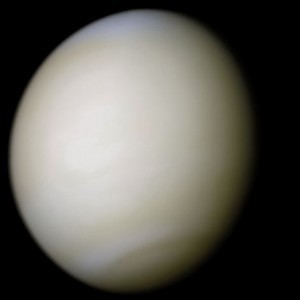Apparent Diameter Venus
It is amazing how Venus seems brighter and bigger when seen from the earth as less of it is illuminated by the sun. Its position from the sun and its orbit that brings it closer to the earth are the reasons why Venus seems brighter than the stars at night. Another reason is its apparent diameter. Venus seems bigger and brighter as it nears the earth and covers the sun behind it.
The Telescopic Phases of Venus
There are nights in the year when Venus is hardly seen in the sky. But there are also seasons when it seems so big and bright. What people see are the telescopic stages that the planet goes through annually. Initially during the year, it is 75 percent lighted by the sun. Yet people see but a faint hint of it because it is more than 100 million miles from earth. The farther the object from the viewer the smaller it seems. This is the principle of apparent diameter. Venus seems almost invisible.
Then, after a few months, it becomes 50 percent lighted by the sun and is merely 64 million miles from earth. When it becomes less than 60 million miles and hovering between the earth and the sun, this planet seems brighter and bigger. This, though 75 percent of it is in darkness. This is the effect of apparent or visual diameter. This planet is easily seen in the night sky and this is why Venus seems brighter and bigger than the stars.
It is a fact that stars are either as big as the sun or much bigger. There are stars about 700 times bigger than the sun. Yet, about Christmas time, Venus seems bigger than they are. This is all about perceived or apparent diameter. Venus, in fact, is deemed by some as the “star” that sent the wise men to the east during the first Christmas and led them to the new-born Christ in Bethlehem.
Actual and Perceived Sizes
The actual equatorial diameter of Venus is 12,104 kilometers while earth has 12,756 kilometers. However, its maximum visual or perceived diameter is 65.2 arc seconds. Compare this with the maximum visual or apparent diameter of Mars (another neighboring planet) which is 25.7 arc seconds, and Mercury which has a maximum of 12.9 arc seconds. No wonder why Venus seems brighter than other heavenly bodies at night except the moon.
When talking of apparent diameter, Venus is the biggest and brightest.





